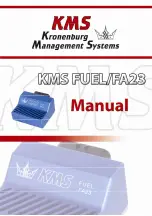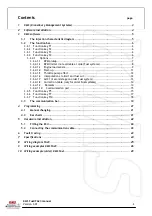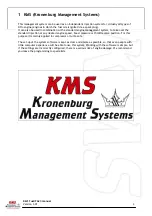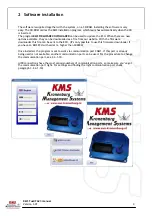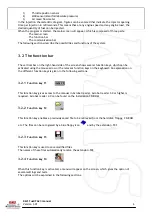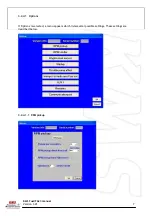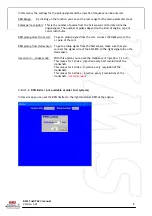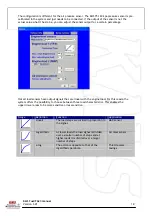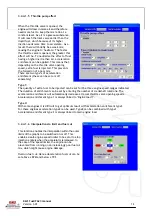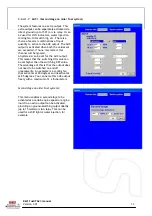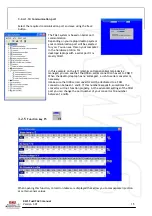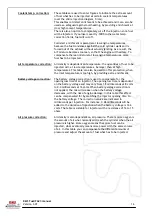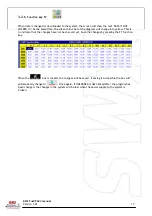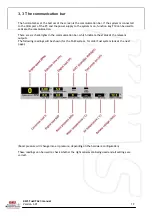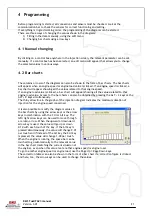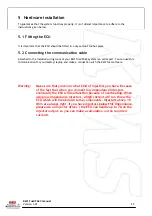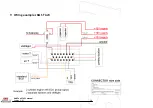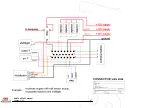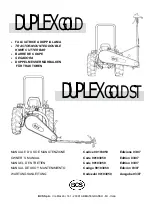
KMS Fuel/FA23 manual
Version 3.01
12
3.2.4.1.5
Throttle pump effect
When the throttle valve is opened, the
engine will draw in more air and therefore
need more fuel to keep the mix ratio at a
constant level. As air is a gaseous substance,
it will reach the inlet valve earlier than the
liquid fuel, which because of its higher
inertia needs more time to accelerate. As a
result, there will briefly be a weak mix,
causing the engine to 'hesitate'. The faster
the throttle valve is opened, the greater this
effect will be. To neutralise the effect of fuel
having a higher inertia than air, acceleration
enrichment can be applied. This means that,
depending on the throttle valve opening
speed, extra fuel is injected. This prevents
the formation of a poor mix.
There are two type’s of acceleration
enrichment (these can be set on/off
separately)
Type 1:
The quantity of extra fuel to be injected can be set for the three engine speed ranges indicated.
The duration of enrichment can be set by entering the number of crankshaft rotations. The
acceleration enrichment will automatically decrease at lower throttle valve opening speeds.
Acceleration enrichment type 1 is always linked to "Engine load 1".
Type 2:
With some engines it is difficult to get optimum result with acceleration enrichment type1.
For these engines acceleration type2 can be used. Type2 can be combined with type1.
Acceleration enrichment type 2 is always linked to main engine load.
3.2.4.1.6
Interpolations to limit and fuel cut
This function enables the interpolation within the outer
limits of the graphs to be switched on or off. This
enables a safe engine speed limiter to be set or to stop
injection entirely when the accelerator is released. In
the case of the speed limiter, the engine can be
prevented from running on an increasingly poor fuel air
mix, which might cause engine damage.
Overrun fuel cut: Here a deceleration fuel cut can be
set above x RPM and below x TPS.

